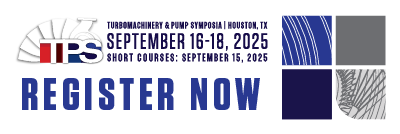Emerson enhances Rosemount radar level to maximise tank throughput
The enhancement enables the accurate measurement of a thinner top liquid layer in interface application, according to the company.
The Rosemount 5300 is now able to perform measurements to the top of a tank, enabling increased throughput and profitability.
How it works
In interface measurement applications, the top product layer must be of a certain minimum thickness for a guided wave radar transmitter to distinguish between the echoes from the two liquids.
While this minimum detectable thickness was 50-200mm, Emerson’s Peak in Peak interface algorithm enables the Rosemount 5300 to detect a top liquid layer of just 25mm.
For upstream oil and gas applications, the Rosemount 5300’s new factory-configured threshold setting increases measurement reliability and ease of use. The echo below the threshold is assumed to be oil, with the echo above assumed to be water.
This eliminates double signal bounces that can be mistaken as an interface level measurement and enables more predictable behaviour, according to Emerson.
“Maximising tank capacity and increasing throughput are important objectives for end users, as this leads to increased profitability,” said Christoffer Widahl, product management lead with Emerson’s measurement and analytical business. “The ability of the Rosemount 5300 to accurately and reliably measure a thinner top liquid layer and right to the top of the tank, enables them to achieve this, even in the most challenging level and interface applications.”











